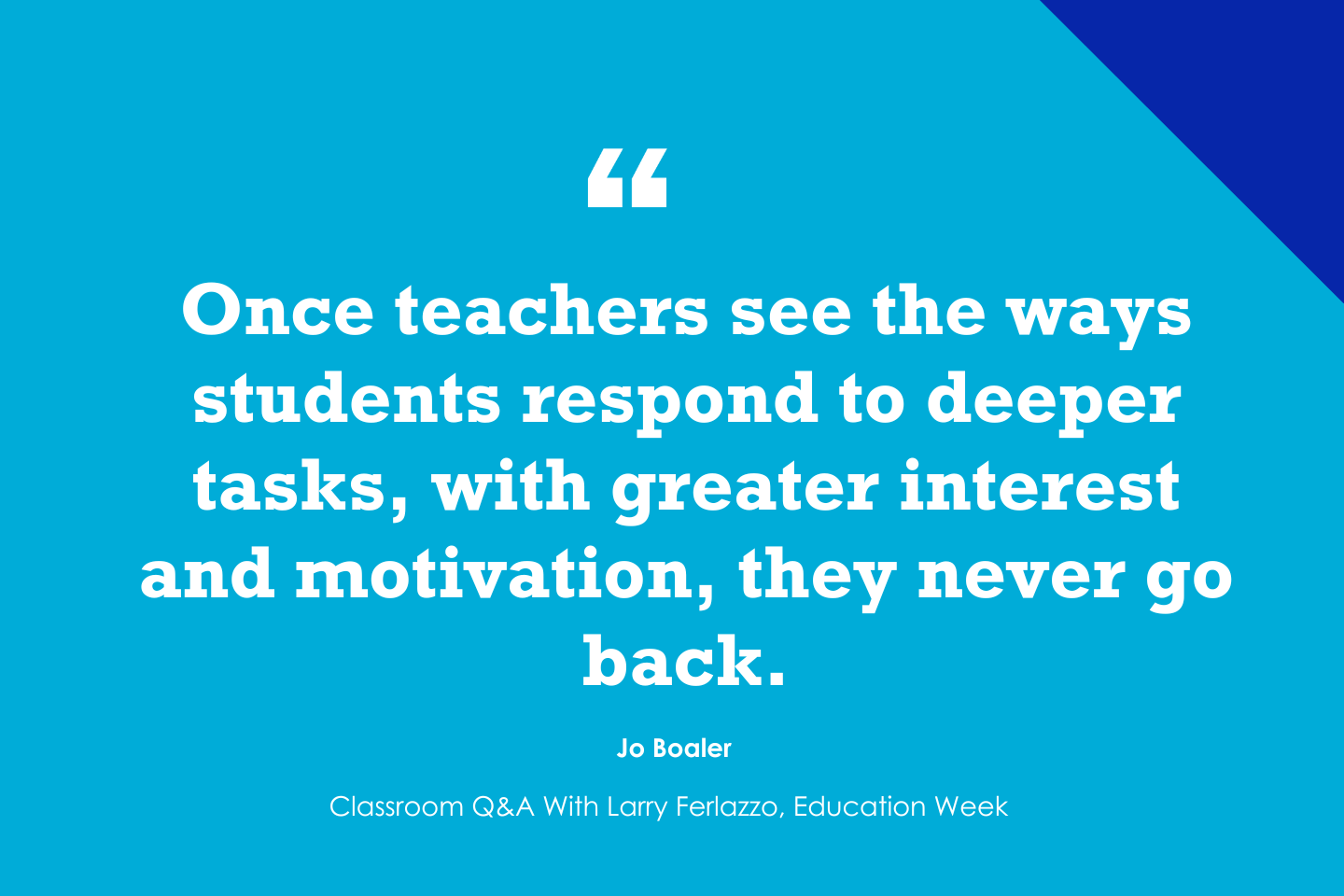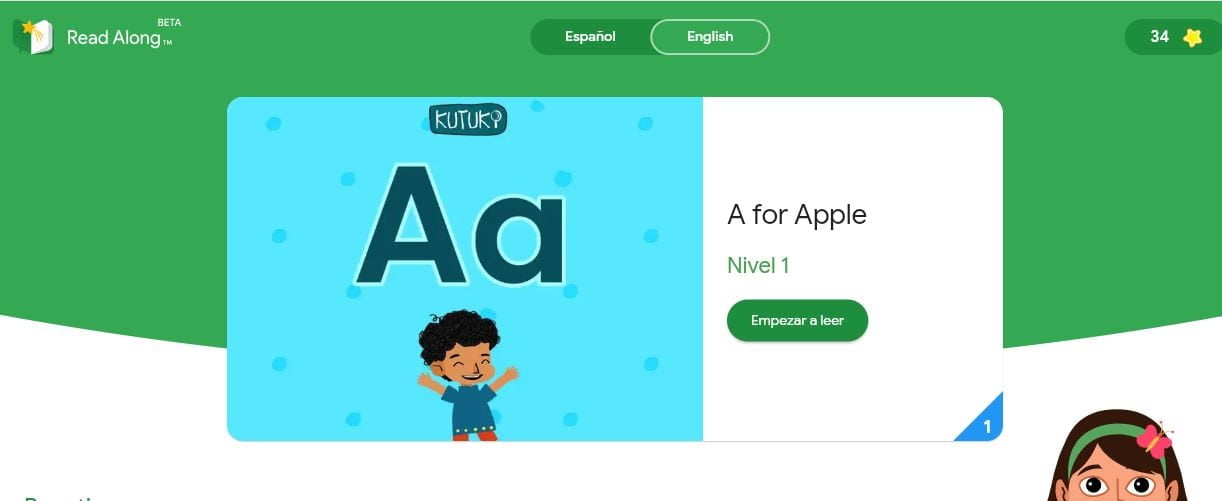Key points:
Algebra 1 is used to predict college and career success
4 ways to support work-based learning
The exposure gap is blocking students’ ability to envision future careers
For more news on college and career, visit eSN’s Innovative Teaching hub
This NWEA press release originally appeared online.
NWEA, a K-12 assessment and research organization, has announced new guidance for schools to support them in more equitably identifying students who may be ready for Algebra 1.
While Algebra 1 is a high school graduation requirement in most states, it also is a gateway toward more advanced mathematics courses, and passing the course is often used as a predictor of future college success and career readiness.
Determining readiness for Algebra 1 can be complex. Common placement decisions may rely on subjective methods, such as teacher recommendations or students completing a grade level. Students may be misidentified (meaning they are not ready), or they may not be identified at all if the approach to placement unintentionally excludes potentially ready students. This new guidance is designed to help navigate these complexities by stressing the importance of a universally administered indicator of readiness as a starting place in the decision process.
“Students turning 13 or 14 years old is not an automatic marker that they are ready to take Algebra 1. We know that in any given classroom, the academic variances present can range multiple grades,” said Dr. Scott Peters, the author of the guide and Director of Research Consulting Partnerships at NWEA.
“This guide offers an objective start to help educators make those placement decisions beyond just a student’s grades or grade level completed. It’s also a door opener for traditionally underrepresented students often overlooked for higher-level math courses because those placement decisions don’t include something like a universally administered indicator of readiness at the start.”
The new guide focuses on how districts using MAP Growth–a widely used interim assessment developed by NWEA–can leverage its data to help identify students who may potentially be ready for Algebra 1. The research behind the guide looked at what score in the MAP Growth 6+ Math test predicts students scoring proficient on a state’s end-of-course Algebra 1 exam or being successful in an Algebra 1 course.
The guide also provides schools placement considerations and approaches based on their goal for Algebra 1, whether that’s to increase demographic representation, greater success in the course or providing more students the opportunity to take the course.
NWEA, a K-12 assessment and research organization, has announced new guidance for schools to support them in more equitably identifying students who may be ready for Algebra 1. College and Career Readiness, Featured on eSchool News, Innovative Teaching, assessment, career, college, college and career, K-12, news, online, Research, schools, students eSchool News










